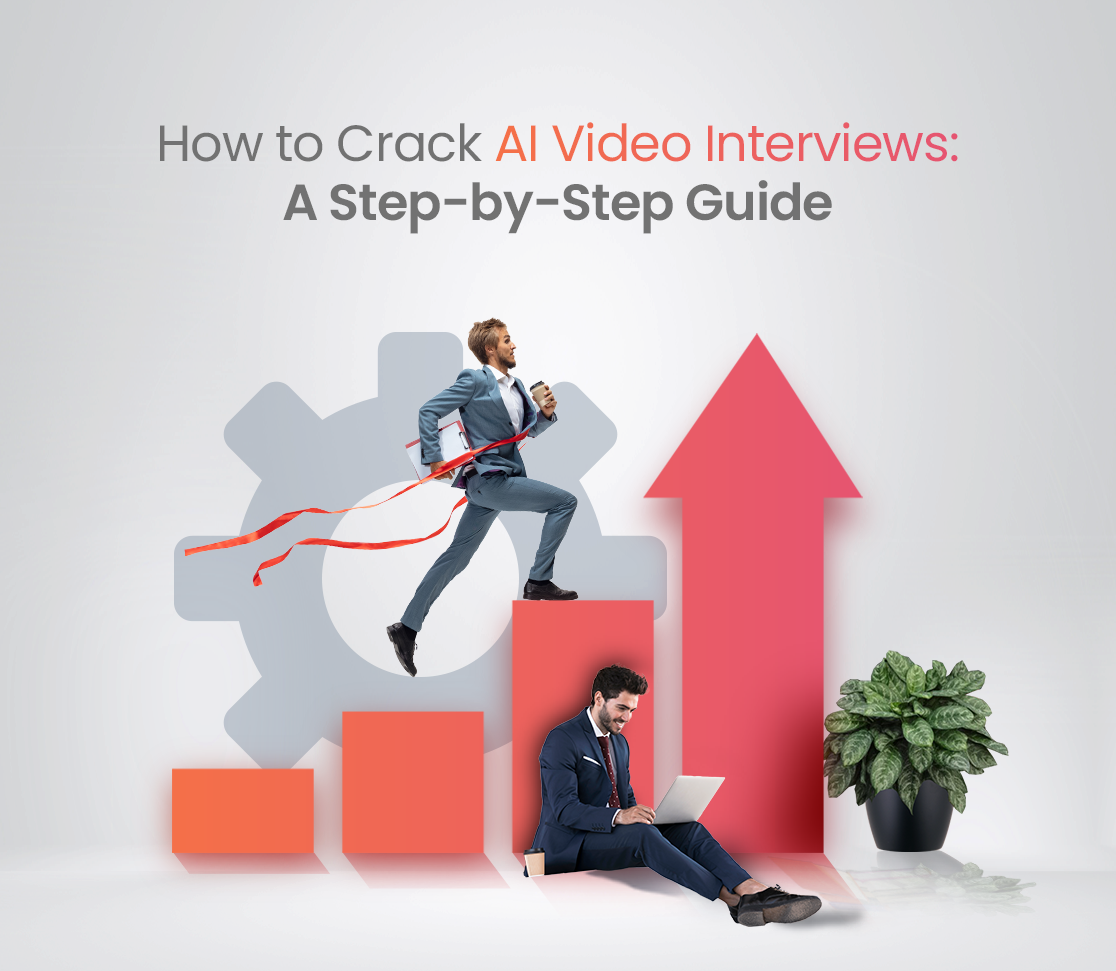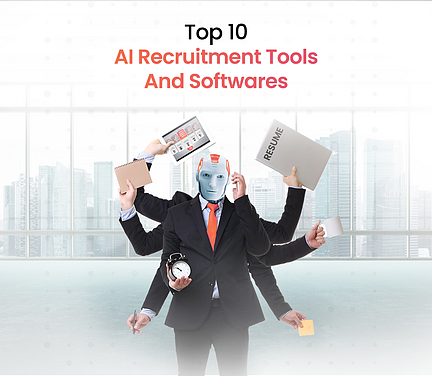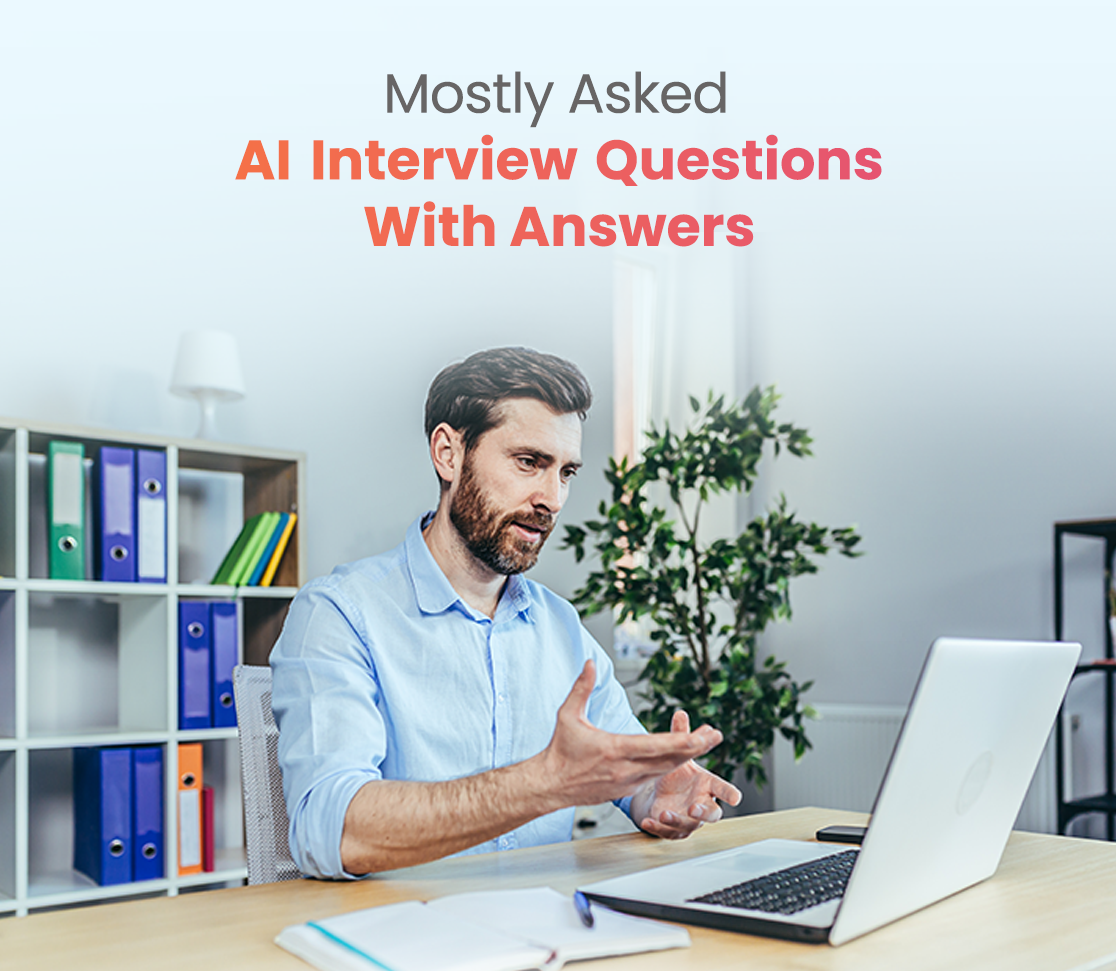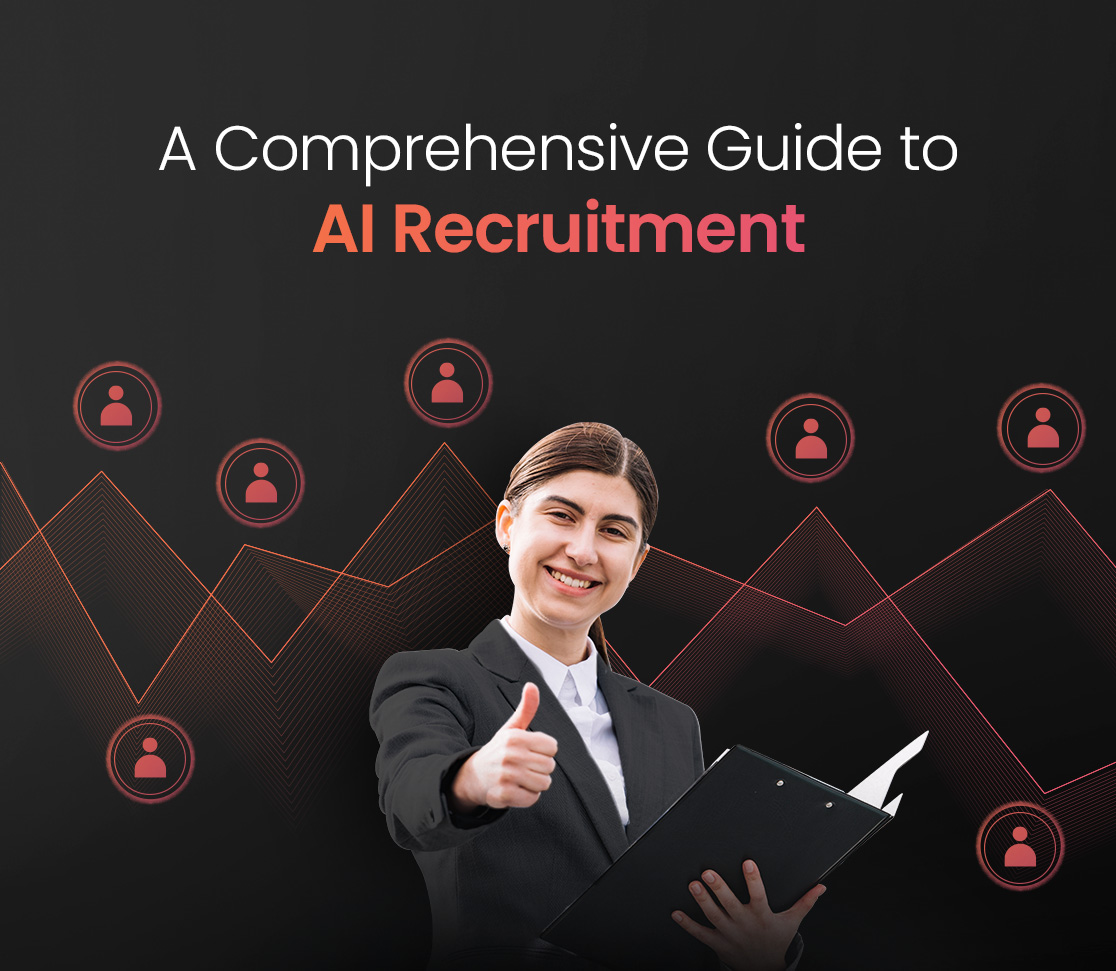The labor market is rapidly changing and one of the things that have entered it is AI video interviews. Regardless of whether you are applying through an AI-based recruitment platform or directly to a company, understanding how to navigate this new terrain can significantly increase your chances of success. This step-by-step guide will help you understand what it takes to ace an AI video interview and make sure that you stand out among others.
What are Automated Video Interviews?
Automated video interviews refer to digitally recorded interviews whereby candidates respond to questions within a given duration. Unlike conventional interviewing methods, automated AI video interviews do not involve a live interviewer. Instead, an artificial intelligence program runs algorithms that analyze each candidate’s response based on factors like word choice, speech tone, and facial expression, among others.
AI Video Interviews vs Traditional Interviews
Unlike traditional interviews where human interviewers engage in real-time interaction, A.I. Based video interviews rely on algorithms for candidate assessment. As a result, companies can quickly screen through many applicants thus ensuring only the most qualified proceed to the next stage.
How do AI Video Interviews Work?
Understanding the mechanics behind AI video interviews can help demystify the process. Natural Language Processing (NLP) is used by AI interview systems to transcribe spoken answers and machine learning algorithms analyze these transcripts. The system rates candidates based on predetermined criteria such as clarity of answers, coherence in speech, or job-related proficiency.
Some automated interviewing platforms also use facial recognition technology that analyzes facial gestures and eye movements giving additional points for evaluation. By combining analysis of speech with visual cues, each candidate can be thoroughly assessed.
How AI is Replacing Human Beings in the Interview Process
AI has various advantages over traditional human-led interviews when it comes to incorporation. Here’s how AI is making a difference:
Efficiency and Speed:
Where thousands apply for a single position such as in large companies, artificial intelligence is able to handle applicant responses faster than human beings hence reducing time-to-hire durations.
Bias Reduction:
By concentrating on objective criteria, AI is intended to minimize biases that can be present in human-controlled interviews. Unconscious biases influence conventional interviews like preferences for certain appearances, accents or backgrounds. When designed correctly though, AI systems can help equalize the field by only evaluating candidates’ responses and qualifications.
Consistency:
The use of AI ensures that all applicants are judged against the same set of criteria resulting in uniformity during the evaluation process. This consistency is important in ensuring fairness during recruitment because each candidate’s performance is measured against equal standards.
Scalability:
By this means organizations can take on a greater application load without having to increase their HR capacity. Scenarios, where this kind of scalability is especially useful, would include growing companies, as well as those with high employee turnover rates, which need to handle hiring requirements from time to time without overloading their HR departments.
Cost-Effectiveness:
Through automation of initial stages in recruitment processes firms cut down on expenses related to human interviewers and administrative tasks associated with it. Thus, all businesses regardless of size may find AI quite cost-effective.
Data-Driven Insights:
Companies can refine their hiring strategies using detailed analytics and insights provided by artificial intelligence (AI) systems about the interview process. For instance, such insights may reveal patterns and trends not seen at first glance thus giving HR departments a better basis for judgment-making purposes.
With all these benefits, it is easy to see why many organizations are resorting to AI for their recruitment needs. However, this shift also means that candidates need to update their interview preparation strategies for AI systems.
How to Pass an AI Video Interview?
1. Understand the Technology
Before your interview, it is important that you familiarize yourself with the platform you will be using. Common platforms like HireVue, Pymetrics, and WeHiring Global’s own system should be known to you. Knowing how the system works including recording of answers and submission reduces technical anxiety.
Spend some time exploring the interface, testing your equipment, and understanding how the platform functions. Most platforms like WeHiring Global offer practice questions or tutorials that can help you feel comfortable with the format.
2. Practice Makes Perfect
Like traditional interviews, practice matters a lot in AI video interviews as well. You can use skill development tools on WeHiring Global to simulate AI video interviews. With this method, one can get accustomed to this type of testing and also receive feedback on their performance.
Consider tapping yourself to respond to common job questions and watching these videos later on so as to know exactly where you need improvements. See if there are any changes in your tone of voice or body language, and if your answers were clear enough when reviewing your performance. By practicing in front of a camera, you will be able to relax more around it.
3. Focus on Key Competencies
AI systems often evaluate specific competencies such as communication skills, problem-solving abilities; and emotional intelligence among others through programming them so that they scan for those qualities when evaluating applicants’ responses. Such skills should be highlighted in your answers too. Your answer should exemplify this quality effectively based on examples from previous experiences.
When preparing responses, consider their relevance with respect to job descriptions and relevant qualifications needed for different positions within the organization. Tailor each response accordingly showing how your experience and ability fit into what is required by the job. This way, you are going to make a better impression on the AI system.
4. Pay Attention to Non-Verbal Cues
AI algorithms can analyze non-verbal cues such as facial expressions, eye contact, and body language. Ensure your face is well-lit and clearly visible. Do not fidget or move around while keeping a positive attitude towards yourself. Make sure that you look straight into the camera without blinking frequently.
Professionalism in appearance requires good lighting as well as a neutral background. Position your camera at eye level, so you maintain natural eye contact without distractions behind you that could divert attention from your response.
5. Structure Your Responses
Clearly structured answers can make all the difference. Structure your replies using the STAR methodology (Situation, Task, Action, Result). This method enables you to give precise, coherent responses that are easy for AI to understand and hence able to analyze quickly.
By breaking down your answers into these four components, you can ensure that you cover all relevant points without veering off-topic. Also, this approach simplifies the identification of key components of what has been said by an individual being assessed by an artificial intelligence system during his or her answer, which makes it easier for AI to evaluate it.
6. Change Your Environment for the Better
For an interview, you must find a calm place where you won’t be disturbed by anyone. Appropriate lighting and background noise are also important factors to consider. Moreover, make sure there is enough battery power and a stable internet connection since otherwise, it may lead to a mess.
Prior to the actual interview session, one could go over it with a relative or friend in order to detect any potential problems. This way you can boost your confidence levels and avoid all technical breakdowns during your talk.
7. Be Brief and Be Relevant
Short concise answers are generally preferred by AI systems. Avoid repeating yourself and focus on what is being discussed. The ability to answer frequently asked questions within set time limits fosters brevity.
Over-elaboration might reduce the force of your explanations although elaborating thoroughly when making responses as well as giving clear, appropriate manner which directly connects to answering the question has proved effective in achieving that goal.
8. Dress as per Requirement
Even doing video interviews should not keep you from wearing formal clothes because, through this, they create a positive mood around oneself to their interviewer making them know how serious they are about this thing and that they are ready for the job applied.
Equally, at home too bear in mind dressing up in line with your industry as well as company requirements; boost self-assurance while establishing a professional image even on remote premises.
9. Review & Reflect
After practicing personal interviews someone can still listen back to his or her attempts hence improving their verbal cues among other communication skills enhancing software tools such as WeHiring Global have room for this purpose.
Additionally, someone’s weaknesses can be detected via reflective analysis combined with constructive criticism aimed at achieving better performance in future AI video Learning cases.
10. What’s Up?
Finally, stay cool throughout. When going for an interview remember how much confidence matters. Take deep breaths and relax before getting into that spirit of optimism.
Note that the AI wants to see your response and behaviour. To show the most favourable view of yourself, you need to behave coolly and calmly during the conversation.
WeHiring Global – AI Interview Platform
One of the major AI-based recruiting platforms is WeHiring Global which has a range of tools specifically designed to help people succeed in AI video interviews. We offer courses that develop skills and provide an opportunity for practice needed to achieve success.
Skill Development Courses
AI-informed Skill Development Programs by WeHiring Global can improve your performance in areas commonly evaluated by AI systems such as leadership, communication styles, and problem-solving approaches among other things not only does this serve as a general improving technique for an individual but also enhances the possibility of succeeding in AI video interviews once done.
Interview Preparations Tools
Comprehensive interview preparation tools are available that simulate real-life situations of an AI interview with feedback on performance that informs what should be improved and shapes answers accordingly. The presence of these resources will help you understand the type of exam it is and build up strategies through trial runs that will give you victory.
Expert Guidance
In addition to the courses and tools, WeHiring Global also offer expert advice and suggestions from professionals in the same field. Consequently, these skilled people can give you appropriate guidance and information that they have gained as a result of their experiences to help you navigate through an AI interview with confidence. Whether it’s specific questions or general strategies that need your assistance, WeHiring Global’s expert advice can prove to be priceless.
These resources make sure that you are prepared and confident enough for any AI video interview that comes your way.
You may have visited our skill development page or interview preparation page so as to dig further into this matter
In Conclusion:
The secret to thriving in today’s job market is becoming an AI video interview master. With knowledge of its technology; efficient practicing; and adequate utilization of some resources like what WeHiring Global avails, one can be assured of conquering this new mode of interviewing without fear.
Keep in mind; that preparation is key! Refer to all available tools combined with this handbook to improve your performance and attain good grades across all applications with respect to AI evaluation systems. Good luck!



